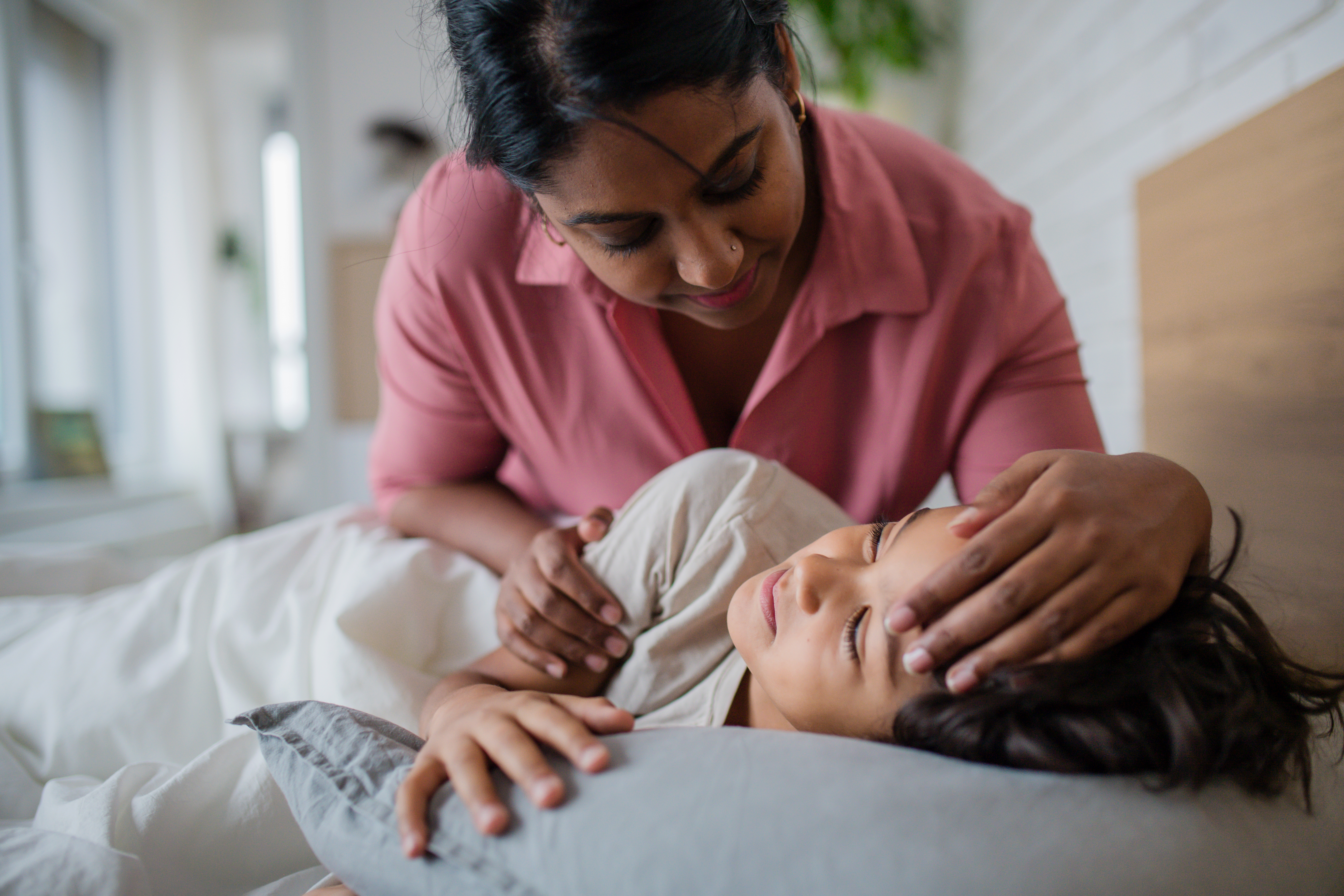School restart: Helping kids adjust to a new morning routine
Even if your kids have a reason to get up early over summer break — whether it’s getting dropped off at day camp or going to a friend’s house — it’s a fact that summer tends to include much less structure than they have during the school year. The Centers for Disease Control and Prevention note that children and teens who don’t get enough sleep are at higher risk for problems with attention, as well as more mental health issues, yet nearly 60% of middle-school students and over 72% of high-school students don’t get enough sleep on school nights.
How can you help them readjust, so it’s not all grumbling and delays in the morning, once classes are back in session? Here are some expert tips that may help.
Start with the basics: Bedtimes and wake-up times
A major part of getting a morning routine in place is to establish specific bedtimes and wake-up schedules that are close to what you need for school days even on the weekend, according to Connecticut Children’s Hospital. Not only can that get them into a regular routine, but it may even help with boosting how much quality sleep they get.
According to research published in the journal Sleep, having a regular bedtime routine is associated with better sleep in children, particularly for those who are younger. Those researchers added that this was also linked to fewer behavior problems during the day.
Establishing a school-ready schedule at least a few weeks in advance can help ease the morning rush and also get your kids ready for learning during the day.
Begin your morning routine now
Waking up at the right time is the first step to getting the day off to a good start. It’s also helpful to put a specific morning routine in place now, before the school year starts, so children and teens know what to expect, according to UC Health. In addition to having the same wake-up time daily, that includes:
- Thinking of breakfast options ahead of time and having them ready, or encouraging kids to eat breakfast when they get up instead of waiting until later
- Getting dressed in “real clothes” instead of staying in pajamas or sweats, even if they’re still going to be lounging at the house in the morning
- Brushing their teeth and combing their hair, just as they would on a school day
- Keeping any supplies for summer activities in the same location they’d use for school supplies; for example, keeping their backpacks by the front door
- Making a lunch either for them or with them that they can eat at a predetermined time
- Considering what can be prepped the night before, such as making lunches, taking showers, getting activities ready, or even choosing clothes
The point here is to emulate the kind of structure they’d have in a school day, even if they don’t have plans. That makes it easier to get them into the swing of a routine when school starts.
Have a conversation about school starting
Knowing how your child or teen feels about having to readjust to a new routine can be very helpful for easing the transition, according to the Child Mind Institute. It’s common for kids to feel nervous or apprehensive, especially if they’re starting at a new school or there’s been some type of change in their friend group over the summer. Talking with your kids will help them feel heard and understood and let them acknowledge those feelings well before the first day back.
Also, get your child’s input on an effective morning routine. Involving your kids in how routines are established — or at least just entertaining some of their suggestions — can be a way to help them feel more in control, and in turn, ease some of the challenges with switching to a new routine.
If you’re looking for more tips on helping kids adjust to their morning routine, you can learn more from Mirena Pavlova, MD, Mass General Brigham neurologist and medical director of the Clinical Sleep Laboratory at Brigham and Women’s Faulkner Hospital. In this article, she advises parents on how they can best support teens and how to prevent or manage sleep disorders in teens.
